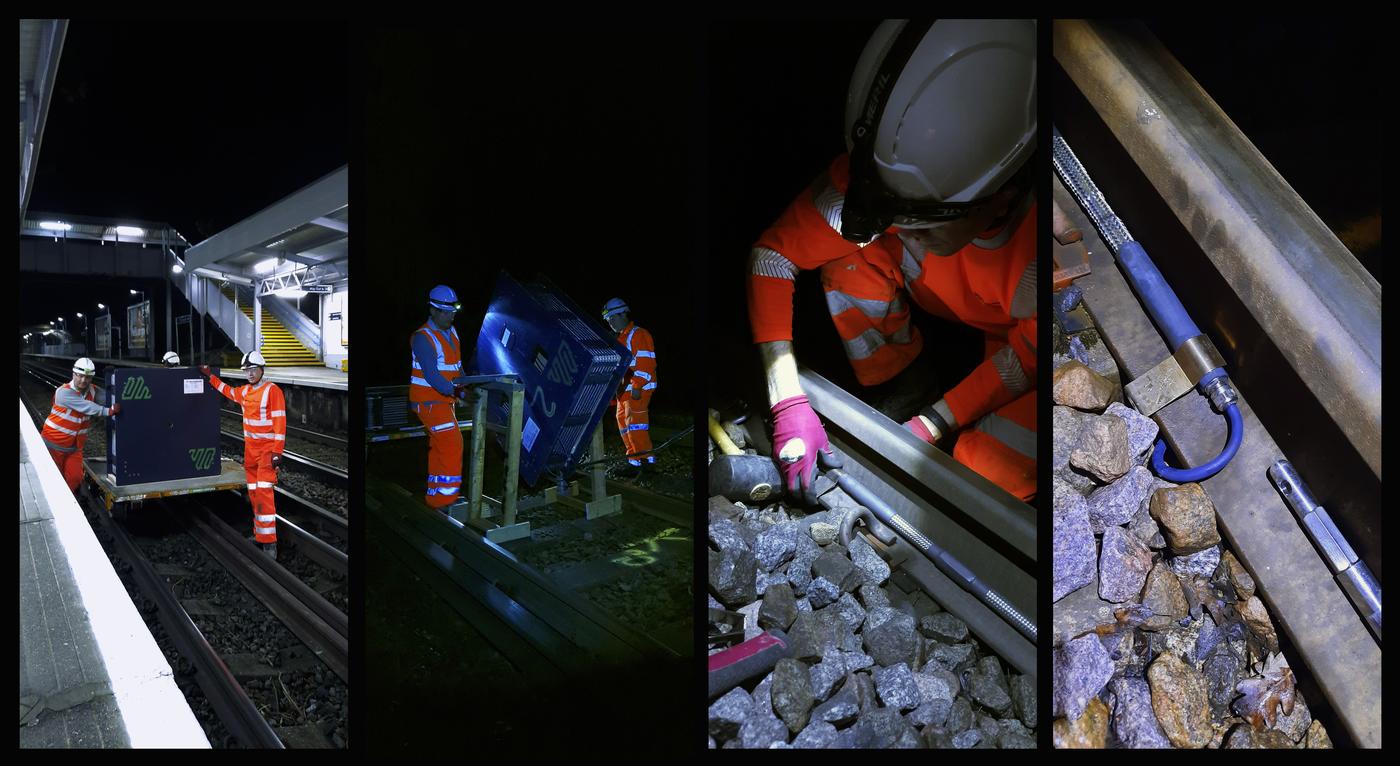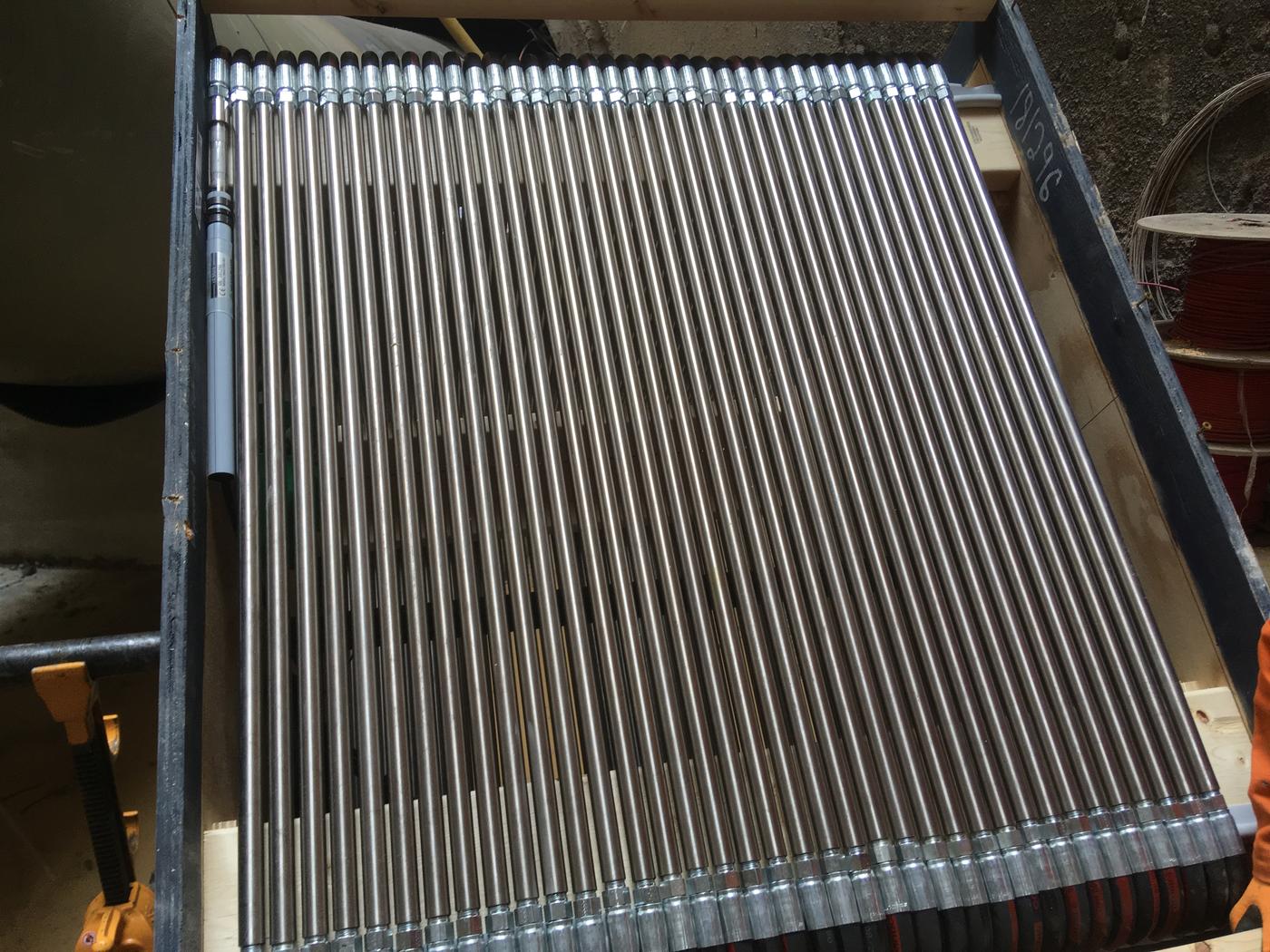Shape arrays are advanced inclinometer-like instruments used for monitoring lateral displacements, settlement or heave, and borehole deviation.

Common uses
Process
A shape array is a chain of rigid segments connected by flexible joints. The joints are designed to allow the segments to tilt in any direction but resist twisting.
Each segment is instrumented with three orthogonally mounted tilt sensors and a microprocessor. The microprocessor calculates the XYZ position of the segment based on length of the segment and measurements from the tilt sensors. The overall shape of the array is found by cumulating the XYZ positions of the connected segments.
Initial measurements serve as a baseline. Subsequent measurements, obtained at regular intervals, are compared to the baseline. Calculated changes indicate that deformation has occurred and reveal the direction and magnitude of deformation.
Shape arrays can be installed in a variety of ways:
- Installed in existing inclinometer casings to automate readings
- Inserted into small diameter pipe and installed directly into boreholes
- Fixed to assets like tunnel linings, tracks or concrete slabs
Shape array measurements are forwarded to our automated monitoring platform which manages 24 hour processing of data, alerts, and generation of reports on the project website.
Advantages
- High accuracy: Sensors and interfaces provide low noise, high precision, digitised measurements.
- Quick and easy to install: The SAA sensor can be transported and installed using the supplied reel. After use, it can returned to its storage drum for reuse.
- Reliable: The rugged SAA sensor string is designed to be used in all fields of construction. The steel outer mesh provides protection while its rigid articulated segment chain design makes it resitant to most harsh environments.
- Robust: Wireless sensors and nodes can operate at temperatures from -40°C to +60°C.
- Intelligent: Segments feed raw data into an automatic processing protocol which distributes engineering displacement data to GEO-Instruments monitoring platforms. Calculations can be customised to each installation.

